Why Integrating Distance Sensors Matters
In today’s automation and IoT-driven industries, integrating distance sensors is essential for accurate measurement, object détection, and process control. From AGVs (Automated Guided Vehicles) to robotic systems and smart factories, reliable distance data ensures efficiency, safety, and precision.
However, choosing the right communication interface—UART or RS485—can significantly impact your system’s performance. This article explains how to integrate UART et RS485 digital distance sensors effectively and how to choose the best option for your industrial or embedded application.
1. Understanding the Basics of Integrating Distance Sensors
Before diving into wiring or coding, it’s crucial to understand the interfaces used in capteur de distance integration.
What is UART Integration?
UART (récepteur/émetteur asynchrone universel) is a simple serial communication protocol for short-range data exchange between sensors and microcontrôleurs.
- Avantages : Easy to connect, ideal for single-sensor systems.
- Limites : Limited to short distances (usually <1m) and low noise immunity.
What is RS485 Integration?
RS485 is an industrial-grade differential communication standard used for long-distance and multi-device connections.
- Avantages : Excellent noise resistance, supports long cables (up to 1200m), ideal for industrial environments.
- Limites : Requires RS485 transceivers or converters for MCU integration.
2. Choosing the Right Interface for Distance Sensor Integration
| Fonctionnalité | UART Distance Sensor | RS485 Distance Sensor |
|---|
| Communication Range | < 1 meter | Up to 1200 meters |
| Noise Immunity | Faible | Haut |
| Topology | Point-to-point | Multi-drop |
| Integration Difficulty | Easy | Modéré |
| Industrial Reliability | Moyen | Haut |
✅ Quick Tip:
- Use UART for small robots, lab projects, or short-range sensing.
- Choose RS485 for factory automation, outdoor applications, or multi-sensor setups.
3. How to Integrate UART Distance Sensors
Step 1: Wiring Setup
Connect the VCC, GND, TX, and RX pins.
Ensure voltage compatibility (3.3V or 5V) between sensor and controller.
Step 2: Configure Serial Communication
Set the correct baud rate (commonly 9600 or 115200 bps).
Use built-in serial libraries in Arduino, STM32, or Raspberry Pi.
Step 3: Read and Process Data
The sensor transmits distance data periodically. Parse the received bytes to extract values in millimeters or centimeters.
void setup() {
Serial.begin(9600);
}
void loop() {
if (Serial.available()) {
int distance = Serial.read();
Serial.print("Distance: ");
Serial.println(distance);
}
}
4. How to Integrate RS485 Distance Sensors
Step 1: Hardware Connection
Use an RS485 to TTL converter (e.g., MAX485 module).
Connect sensor A/B lines to the converter, and the converter to your microcontroller’s TX/RX pins.
Step 2: Configure Modbus Parameters
Most RS485 sensors use the Modbus RTU protocol.
Match baud rate, parity, and stop bits with the sensor’s datasheet.
Step 3: Retrieve Distance Data
Send Modbus commands to read holding registers, which return the measured distance.
Exemple :
Read register 0x0001 to obtain distance in millimeters.
5. Common Integration Challenges and Solutions
| Issue | Possible Cause | Recommended Solution |
|---|
| No data response | Incorrect baud rate | Verify communication settings |
| Unstable readings | Electrical interference | Use shielded twisted-pair cables |
| Data errors | Ground loops | Ensure common grounding |
| Multiple sensors not responding | Address conflicts | Assign unique Modbus IDs |
6. Best Practices for Integrating Distance Sensors in Industrial Systems
- Ensure stable power supply to prevent data dropouts.
- Add filtering algorithms (median or moving average) for smoother readings.
- Use opto-isolators for RS485 lines in high-noise environments.
- Test communication on PC before deploying to a PLC or embedded controller.
- Label and map sensor addresses to simplify system maintenance.
7. Real-World Applications of UART and RS485 Distance Sensor Integration
- Factory Automation: Position control, conveyor monitoring, and product detection.
- Robotique : Obstacle detection and autonomous navigation.
- AGV/AMR Systems: Precise docking and path correction.
- Smart Agriculture: Tank level and distance monitoring.
- UAVs & Drones: Mesure de la hauteur and ground clearance sensing.
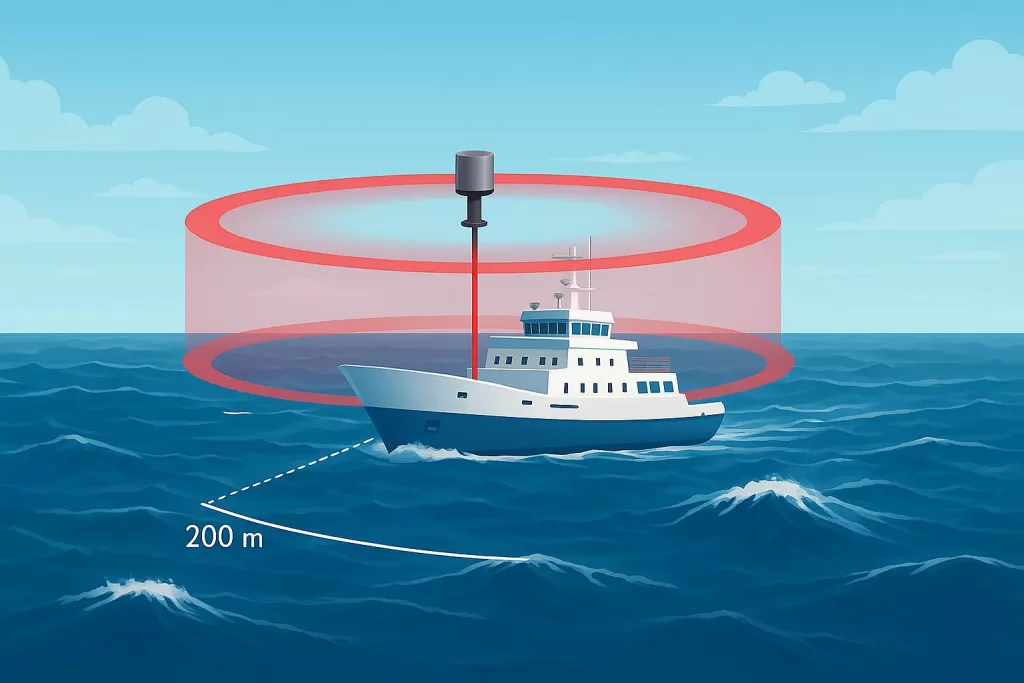
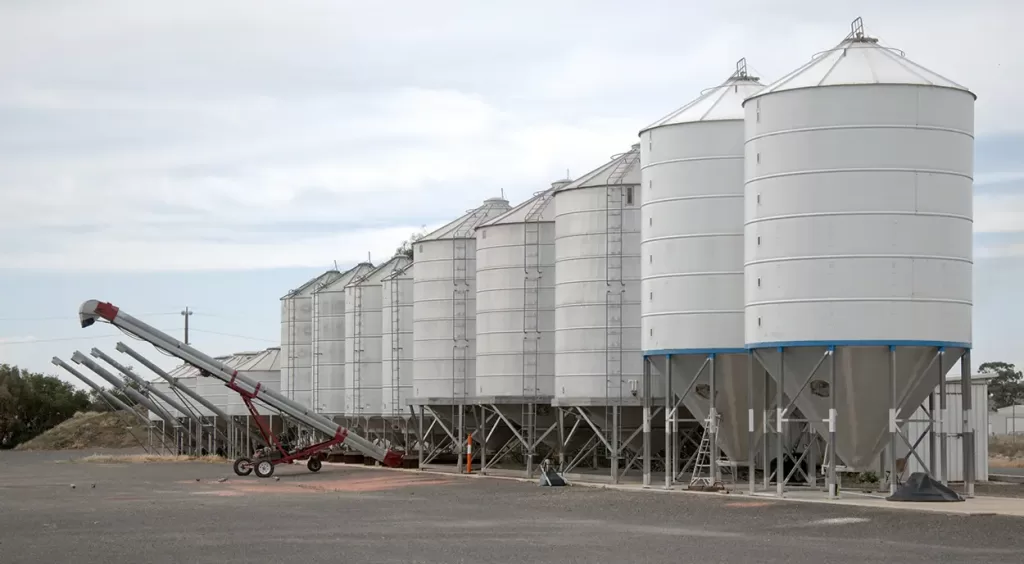
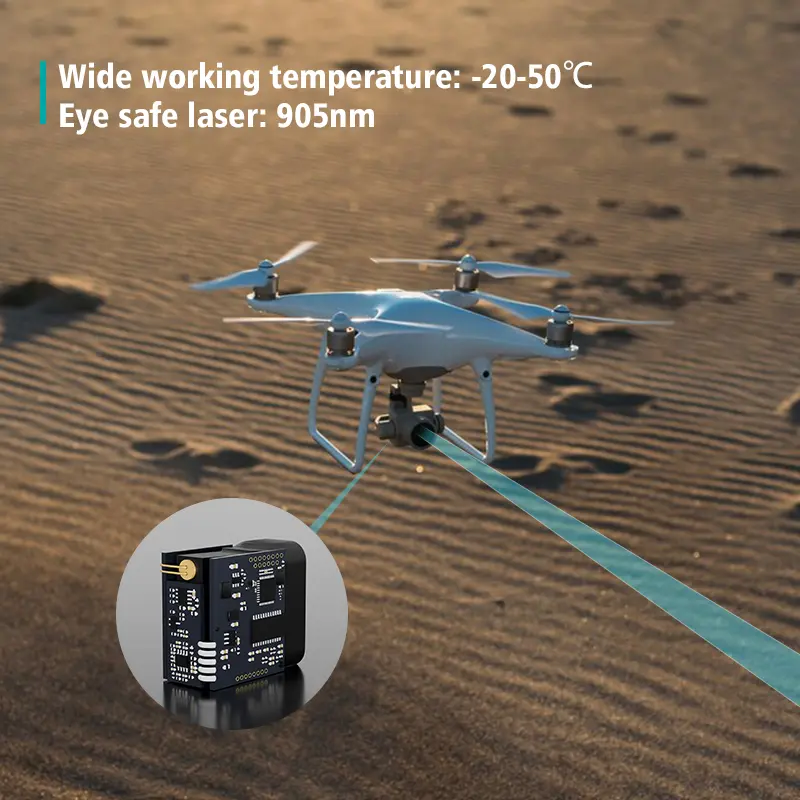
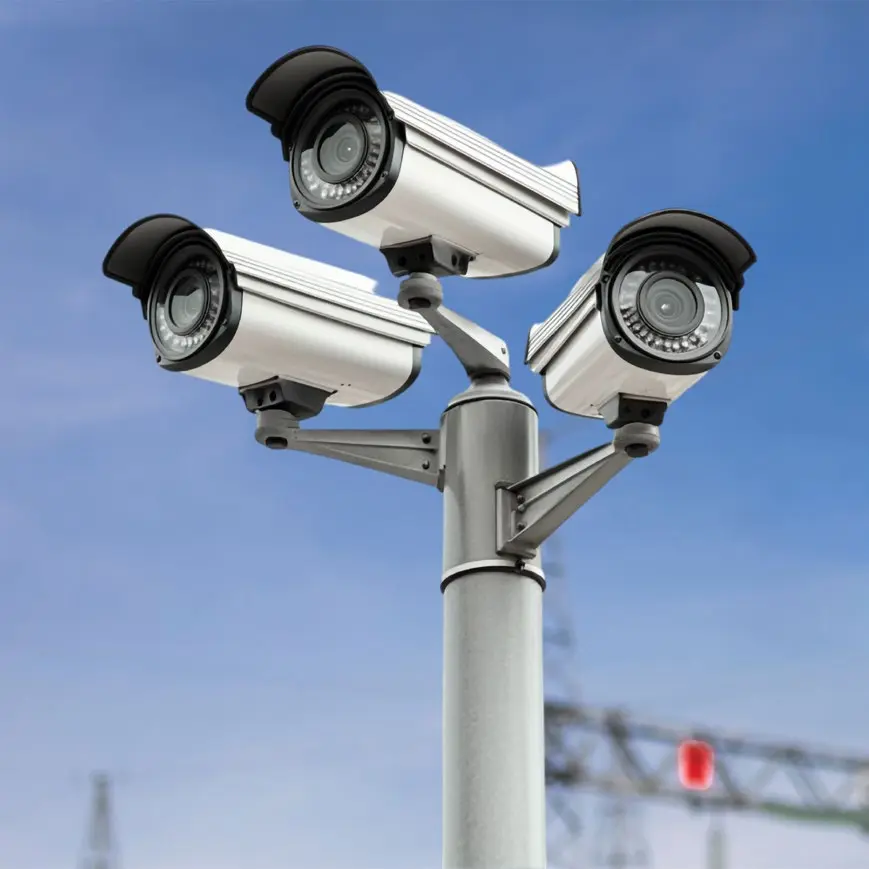
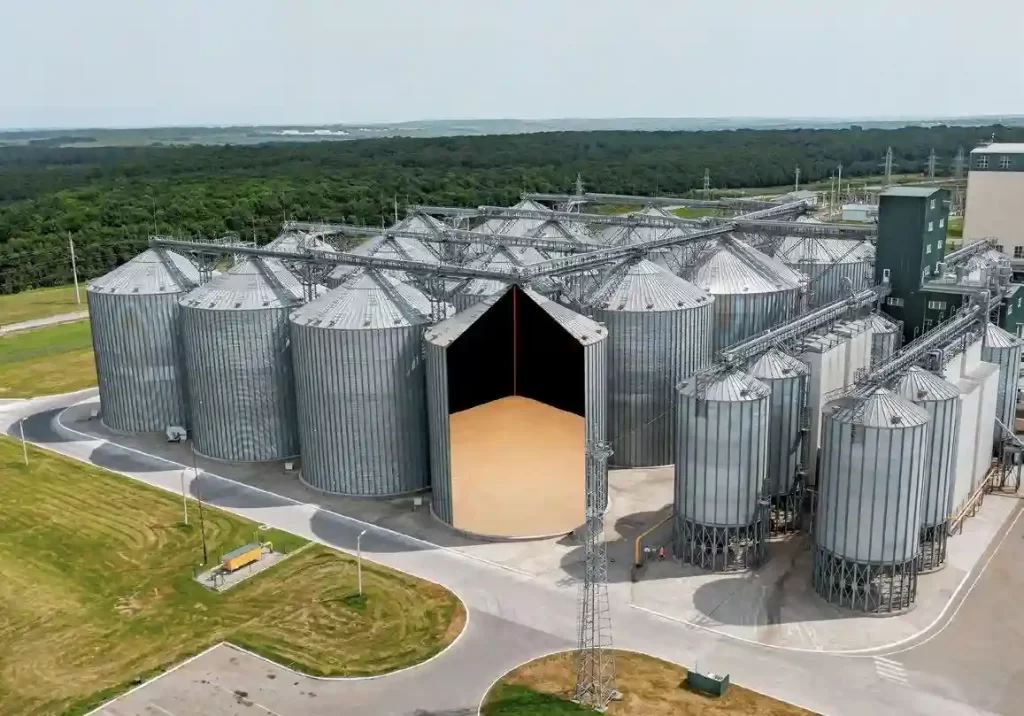
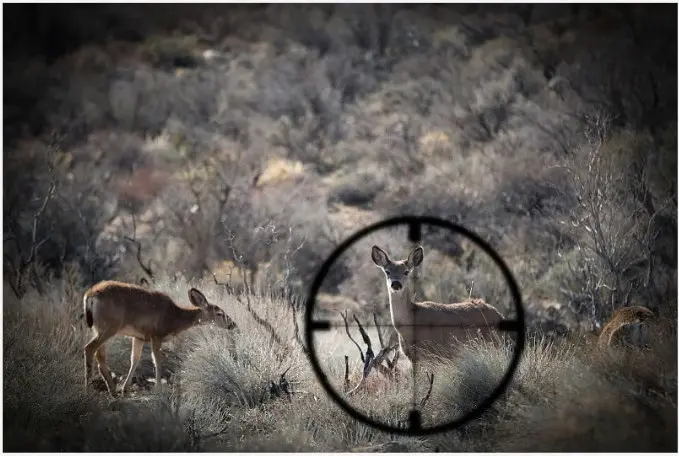 Télémètres de chasse
Télémètres de chasse
8. Selecting the Right Distance Sensor for Your System
When choosing between UART and RS485 distance sensors, compare these parameters:
- Measurement range and accuracy
- Output type (digital, analogique, or Modbus)
- Response time
- Operating temperature and IP rating
👉 For industrial projects, RS485 distance laser sensors offer better reliability, especially for long-distance and outdoor use.
👉 For embedded systems or portable devices, compact UART laser modules are easier to integrate.
FAQ: Integrating Distance Sensors
Q1. What is the best interface for industrial sensor integration — UART or RS485?
A : RS485 is recommended for industrial systems due to its noise immunity and long-distance capability. UART is better for compact or low-cost embedded systems.
Q2. Can multiple RS485 distance sensors be connected on one bus?
A : Yes. Up to 32 devices can share a single RS485 line, each with a unique Modbus address.
Q3. How can I test a distance sensor before integrating it?
A : Use a USB-to-UART or USB-to-RS485 adapter and test data using Modbus Poll or serial monitor software.
Q4. How do I reduce noise interference during integration?
A : Use shielded cables, proper grounding, and add 120Ω termination resistors at both ends of the RS485 line.
Q5. Can UART and RS485 sensors work together in one system?
A : Yes, through protocol converters or controllers with multiple serial interfaces.
Q6. Are RS485 sensors suitable for outdoor environments?
A : Yes, industrial-grade RS485 distance sensors are usually IP65–IP67 rated and operate across wide temperature ranges.
Q7. What are the main benefits of integrating distance sensors into automation systems?
A : Integrating distance sensors improves precision, enhances safety, and enables real-time monitoring in automation systems. It helps detect objects, measure positions, and optimize machine performance.
Q8. How do I choose between analog, UART, and RS485 distance sensors?
A : Analog sensors are simple but limited. UART integration is ideal for embedded projects, while RS485 integration provides superior stability and longer communication range in industrial setups.
Q9. What is the typical wiring setup when integrating distance sensors using UART?
A : Connect VCC, GND, TX, and RX pins between the sensor and controller. Ensure that voltage levels match and that TX/RX lines are crossed (TX→RX, RX→TX).
Q10. How can integrating distance sensors improve industrial automation efficiency?
A : By integrating distance sensors into production lines or AGV systems, you can automate distance-based tasks like positioning, alignment, and object detection—reducing manual calibration and downtime.
Q11. What are common mistakes to avoid when integrating distance sensors?
A :
Ignoring grounding and shielding
Using incorrect baud rates or Modbus settings
Forgetting termination resistors in RS485 lines
Failing to test communication before deployment
Avoiding these errors ensures smoother distance sensor integration and stable operation.
Q12. How can I ensure accurate readings after integrating distance sensors?
A : Calibrate sensors regularly, filter noisy data, and maintain stable voltage supply. Also, validate sensor performance using known distances after integration.
Q13. Can integrating distance sensors help in IoT applications?
A : Yes. Integrating distance sensors with IoT systems enables real-time remote monitoring, predictive maintenance, and smart automation across industrial and agricultural sectors.
Conclusion
Intégrer distance sensors using UART or RS485 communication allows you to build smarter and more reliable systems.
By understanding how each interface works and following best integration practices, you can achieve precise mesure de la distance, robust communication, and long-term stability across industrial or embedded applications.
Whether you are developing a compact robot or a complex factory automation line, successful sensor integration starts with the right interface choice.